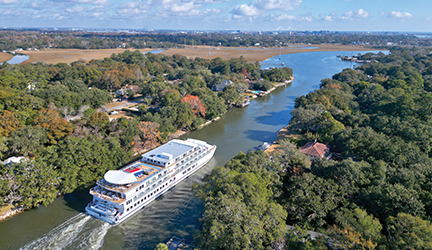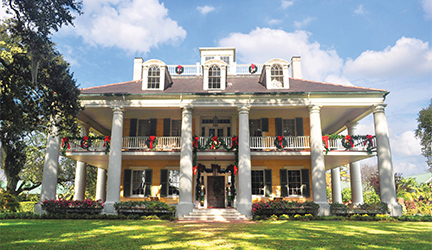Happy Fourth of July. As we gather to celebrate our nation’s independence, let’s take a moment to dive into a lesser-known but incredibly fascinating aspect of American history: the story of American shipbuilding. From the early days of wooden sailing ships to the modern marvels of naval engineering, our nation’s shipbuilders have played a crucial role in shaping the course of history.
The Early Days: Colonial Craftsmanship
This story begins in the 17th century when the first American colonies were established. The abundant timber resources along the East Coast provided the perfect materials for building ships. Early American shipbuilders, often self-taught and highly resourceful, began crafting small boats for fishing and trade. These humble beginnings laid the groundwork for a booming industry.
By the mid-1700s, shipyards had sprung up along the coast, particularly in New England. These shipyards built sleek, fast ships known as “clippers.” Designed for speed, clippers became the backbone of American maritime trade, enabling swift transport of goods across the Atlantic and around the world.
Revolutionary Innovation: The War of Independence
During the Revolutionary War, American shipbuilders faced a new challenge: constructing a navy capable of taking on the mighty British fleet. The Continental Navy was born, and shipbuilders worked tirelessly to produce warships. One of the most famous vessels of this era was the USS Bonhomme Richard, commanded by John Paul Jones. The bravery of American sailors and the ingenuity of shipbuilders played a pivotal role in securing independence.
The Age of Steam: Industrial Revolution
As the 19th century dawned, the Industrial Revolution brought about significant changes in shipbuilding. The introduction of steam power revolutionized maritime travel. American shipbuilders embraced this new technology, creating powerful steamships that could travel faster and more reliably than their wind-powered predecessors.
The famous SS Savannah, launched in 1819, was the first steamship to cross the Atlantic, marking a significant milestone in maritime history. The transition from wooden hulls to iron and steel further advanced the industry, leading to the construction of massive ocean liners and warships.
World Wars and Beyond: Technological Triumphs
The 20th century saw American shipbuilding reach new heights, driven by the demands of two world wars. During World War II, American shipyards produced an astounding number of vessels, including the iconic Liberty ships. These sturdy cargo ships were built quickly and in large numbers, playing a crucial role in the Allied victory.
Post-war, American shipbuilders continued to innovate, leading to the development of nuclear-powered submarines and aircraft carriers. These technological marvels ensured that the United States remained a dominant maritime power.
Modern Marvels: Today’s Shipbuilding Industry
Today, the shipbuilding industry is a testament to human ingenuity and technological advancement. Modern shipbuilding often involves modular construction, where entire sections of a ship are built separately and then assembled. This method significantly reduces construction time and increases precision, allowing for more efficient and robust vessels. Technology has come a long way since the early days of shipbuilding, and modern vessels are able to do more than ever before.
American Cruise Lines proudly continues this tradition by building its ships exclusively in America. Our small ships allow us to visit unique ports, like Washington, DC, for peak cherry blossom viewing, or the mesmerizing Tracy Arm Fjord in Alaska, offering experiences that larger ships simply can’t provide. In fact, we are the only cruise line with 100% U.S. built and registered ships.
All American Cruise Lines’ shipbuilding is carried out exclusively by Chesapeake Shipbuilding, right in the state of Maryland. With over thirty years of direct industry experience, Chesapeake Shipbuilding has become a leading designer and builder of a notable array of commercial ships up to 450 feet in length. Specializing in the design and construction of passenger vessels, tugboats, ferry boats, and more, Chesapeake Shipbuilding has developed unrivaled expertise in this field. They make sure our ships not only continue to innovate the river cruising world but are the largest coastal cruise ships to meet U.S. Coast Guard and/or SOLAS regulations.
When you cruise with American Cruise Lines, you cruise truly American and uphold the legacy of our nation's shipbuilding influence. Happy Independence Day.


